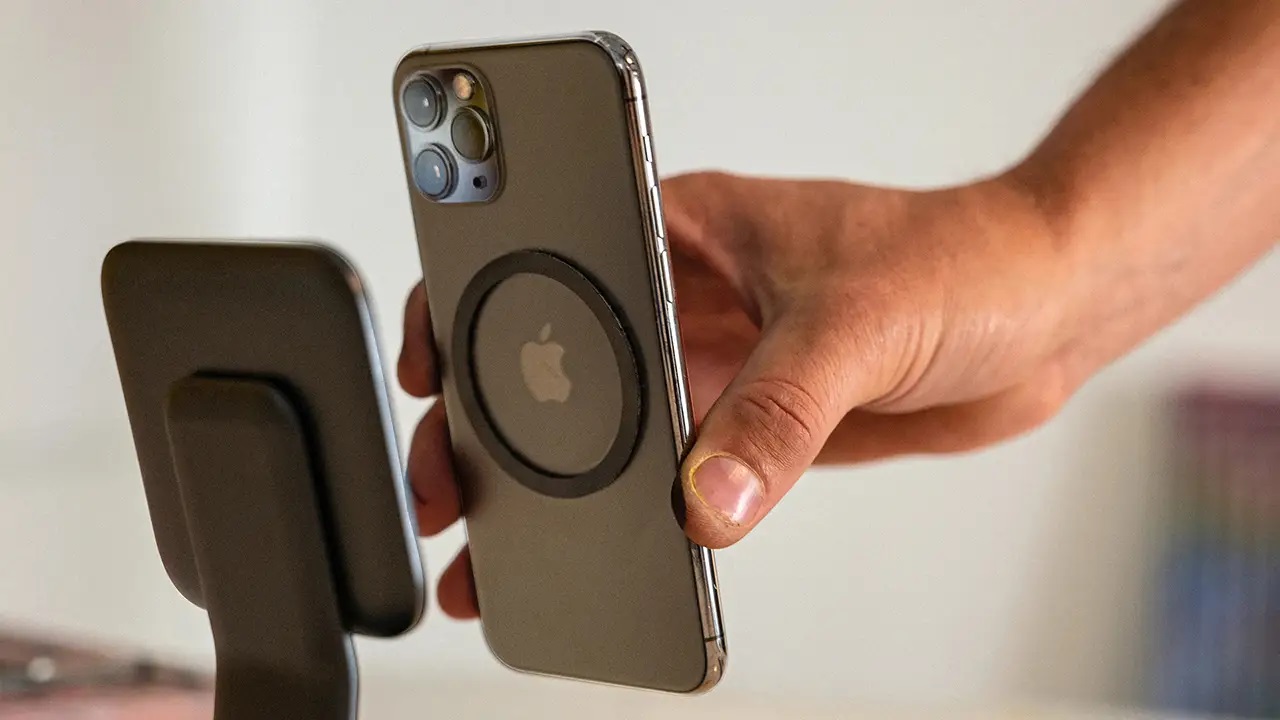What if charging your phone took less time than brushing your teeth? A new study published in Proceedings of the National Academy of Sciences could very well hold the key to a next-gen charger capable of recharging your phone in just 60 seconds.
Researchers from the University of Colorado Boulder have discovered a new cutting-edge technique that could make it possible to charge devices almost instantaneously. This would make charging phones, laptops, and even electric cars much more efficient and convenient. The foundation of the new technique is based on new insights into how ions move through supercapacitors.
The key, one of the researchers explains in a press release, is to make the movement of the ions more efficient. By doing this we can make the charging and release of energy much faster, allowing for that next-gen charger that is capable of boosting your phone’s charge from 0 to 100 in just a minute, or maybe even less.
To make this discovery, the researchers looked at the movement of ions through a complex network of interconnected pores running through the supercapacitor. Their findings have helped modify a scientific law that researchers have used to govern electrical currents for more than 175 years. This law, called the Kirchhoff circuit law, describes the flow of electrons in a simple loop of wiring in most classes.
However, when inspecting the ions and their movement, the researchers found that the ions move fundamentally differently at the intersections of tiny nanoscale pores when compared to how electrons move near the same locations. Further observations helped them determine that these movements are different from what Kirchhoff’s law describes. This doesn’t completely throw out the old laws, though, as they still provide valid explanations for how electronics flow within conventional electronic circuits.
However, to create a next-gen charger capable of taking full advantage of the movements of the ions, we have to look at things different. This, the researchers say, is “the missing link” that they have been looking for. Creating more efficient energy storage has been a long-term goal for many engineers.
We’ve seen water-based batteries capable of storing more than traditional lithium-ion batteries. Still, a method that lets us charge our batteries almost instantly would remove a lot of the hindrances surrounding the wider adoption of things like electric cars. Not to mention how much more convenient a next-gen character would make charging laptops, phones, and other electronic devices.



Yeah, no. This is not about chargers or batteries or phones or cars. This study is about improved charge/discharge rates for supercapacitors.
Supercaps have very high flow rate, but extremely low capacity. Put them in a phone or a car and it would run very fast for five minutes. Supercaps are useful, don’t get me wrong, but they’re not batteries.
Very cool research from UC Boulder, but the journalism leans way too far into clickbait.
The bigger issue I would see is the heat created from dumping all that energy in at once. And can a US outlet even provide that much power?
Solid point. A laptop battery is around 60Wh, and charging that in 1 minute would pull 3.6kW from the outlet, or roughly double what a US residential outlet can deliver.
Supercaps stay pretty cool under high current charging/discharging, but your laptop would have to be the size of a mini fridge.
The research paper itself was only talking about using the tech for wearable electronics, which tend to be tiny. The article probably made the cars-and-phones connection for SEO. Good tech, bad journalism.
Could you have a bunch of them and draw from them in sequence?
Increasing capacitance (how much charge is stored to reach a certain voltage) or the voltage it is charged to would indeed increase the capacity. Putting several in parallel would work, as would making a bigger capacitor. The main problem as far as I can tell is that the energy density of even supercapacitors is low, so you’d need a much larger volume to have the same capacity (and thus a much thicker phone).
Thanks for this - I was doing some reading in the meantime which confirms what you’re saying about power capacity.
https://en.wikipedia.org/wiki/Capacitor_electric_vehicle
Yeah, this matches my experience.
A supercapacitor buffer will cost around twice as much and deliver around 1/10th the watt-hours of a similarly-sized lead acid battery. And lead acid isn’t exactly great to begin with.
Capacitors are useful, but only in applications where the total amount of energy stored is more-or-less unimportant.